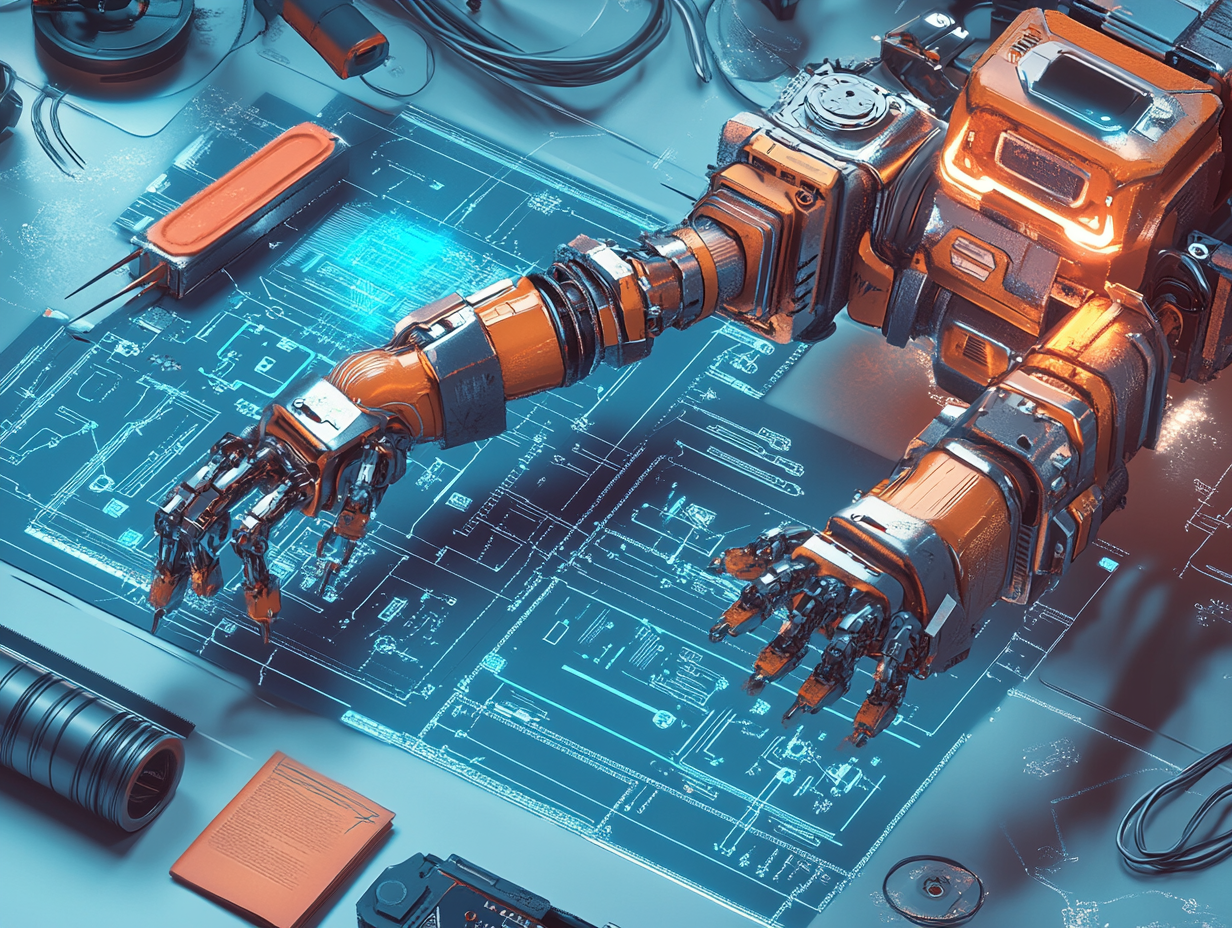Introduction
Robots are not just machines performing industrial tasks; they are increasingly becoming vital assistants in improving the quality of life for people with disabilities. From enhancing mobility to aiding communication, robotics technology is breaking barriers and opening up new possibilities. This article explores how robots are helping people with disabilities and the innovations driving this positive change.
Assistive Robotics
1. Mobility Aids
Exoskeletons
- Wearable robotic suits that help individuals with paralysis or muscle weakness to stand and walk.
- Examples: Ekso Bionics, ReWalk Robotics.
Robotic Wheelchairs
- Intelligent wheelchairs that can navigate independently.
- Incorporate sensors and AI for obstacle avoidance.
2. Prosthetic Limbs
Bionic Prosthetics
- Artificial limbs controlled by the user’s muscle signals or nerve impulses.
- Provide more natural movement and functionality.
Sensory Feedback
- Advanced prosthetics that can transmit sensory information back to the user.
- Enhances control and perception.
Communication and Interaction
1. Speech and Language Aids
Augmentative and Alternative Communication (AAC) Devices
- Robots equipped with speech-generating capabilities.
- Assist individuals with speech impairments in expressing themselves.
2. Social Robots
Companion Robots
- Provide emotional support and companionship.
- Examples: Paro the seal robot, designed for therapeutic interaction.
Educational Robots
- Assist children with autism in developing social and communication skills.
- Use interactive activities to engage and teach.
Robotics in Therapy
Rehabilitation Robots
- Facilitate physical therapy exercises.
- Offer consistent and precise movements for effective treatment.
Virtual Reality and Robotics
- Combine VR with robotic devices for immersive rehabilitation experiences.
- Enhance motivation and engagement in therapy sessions.
Innovations and Future Developments
Brain-Computer Interfaces (BCIs)
- Allow direct communication between the brain and robotic devices.
- Enable control of prosthetics or assistive robots through thought.
Adaptive Learning Algorithms
- Robots that learn and adapt to the user’s needs over time.
- Personalize assistance for better outcomes.
Impact on Independence and Quality of Life
Increased Autonomy
- Assistive robots empower individuals to perform daily tasks independently.
- Reduce reliance on caregivers.
Social Inclusion
- Enhance participation in social activities.
- Break down barriers caused by physical limitations.
Ethical and Accessibility Considerations
Affordability
- Addressing the cost of assistive technologies to make them accessible.
- Initiatives for insurance coverage and funding support.
Privacy and Dignity
- Ensuring that robotic assistance respects the user’s privacy.
- Designing robots that preserve human dignity.
Your Role in the Future of Assistive Robotics
Career Opportunities
- Fields like biomedical engineering, robotics, and AI offer paths to contribute.
Innovation and Advocacy
- Engage in projects or competitions focused on assistive technology.
- Advocate for inclusivity and accessibility in technology development.
Conclusion
Robotics is playing a transformative role in enhancing the lives of people with disabilities. Through innovative technologies and compassionate design, robots are enabling greater independence, improving health outcomes, and fostering social inclusion. As the next generation of innovators, you have the opportunity to contribute to this meaningful field and make a lasting impact.

